Winter tyre and snow chains requirements in Austria and Switzerland
5 November, 2021 | Update: 22/01/2024
For many people, a winter holiday in the snow is the highlight of the year. Plus, it can be fun to combine wintersports in Austria and Switzerland with a winter camping holiday. But, if you’re travelling through these two Alpine countries, there are a few things that you need to keep in mind – particularly in the winter. Are winter tyres required in Austria and Switzerland? And if so, when? What profile depth do you need, and are snow chains compulsory? You can find the answers here!
- Winter tyre requirement, Austria
- Are winter tyres and snow chains mandatory for campers and caravans in Austria?
- Type of tyre and profile depth in Austria
- Can I use all-season tyres in Austria?
- When are snow chains required in Austria?
- Are snow chains mandatory for four-wheel-drive vehicles?
- Is there a financial penalty for failing to comply?
- Winter sport campsites in Austria
- Winter tyre requirement, Switzerland
- Profile depth for winter
- Where does the snow chain requirement in Switzerland apply?
- Wintersports campsites in Switzerland
- Winter camping
Winter tyre requirement, Austria
When are winter tyres required in Austria? There is a ‘winter equipment requirement’ in Austria, which means that all four wheels must be fitted with winter tyres in ‘winter-like driving conditions’, such as snow, ice and slush. This requirements applies to all passenger vehicles and commercial vehicles up to 3.5 tonnes. Snow chains can be used as an alternative, see below.
Vehicles over 3.5 tonnes must be fitted with winter tyres from 1 November 15 April, irrespective of the driving conditions. The vehicle must have winter tyres on the wheels on one of the drive axles at a minimum, even if the road is clear of snow and ice. There are no alternatives to this rule; in addition, snow chains for at least two of the drive wheels must also be carried.
Winter tyres are not prescribed for braked and unbraked trailers. It is, however, a good idea to fit winter tyres to your caravan if you are travelling through Austria in winter-like conditions.
Read more about the requirements for winter tyres in Austria (website in German and English).
Are winter tyres and snow chains mandatory for campers and caravans in Austria?
If you are driving a camper or a car-caravan combination weighing more than 3.5 tons, you must have winter tyres from November 1 to April 15, even if winter conditions are not present. In this case, you are also obligated to carry snow chains for at least two driven wheels.
Winter tyres are not obligatory for braked and unbraked trailers. However, it is highly recommended to use winter tyres on your caravan if you plan to drive in winter conditions in Austria.
Read more about the rules for winter tyres in Austria for various vehicles and combinations, including passenger cars with trailers (German-language website).
Type of tyre and profile depth for winter tyres in Austria
Tyres marked M+S, M&S, M.S., M/S or M-S as well as tyres that are additionally marked with a snowflake (“Alpine symbol”) are considered winter tyres. Tyres that are solely marked with the Alpine symbol are also accepted since the beginning of 2022. In addition, the tyres must also have the legal profile depth of at least 4 mm (radial tyres) and 5 mm (diagonal tyres).
Winter tyres for vehicles over 3.5 tonnes must also bear the M+S marking and require a minimum profile depth of 5 mm (radial tyres) and 6 mm (diagonal tyres). If you have a drive axle with dual tyres, you must have winter tyres on all four wheels.
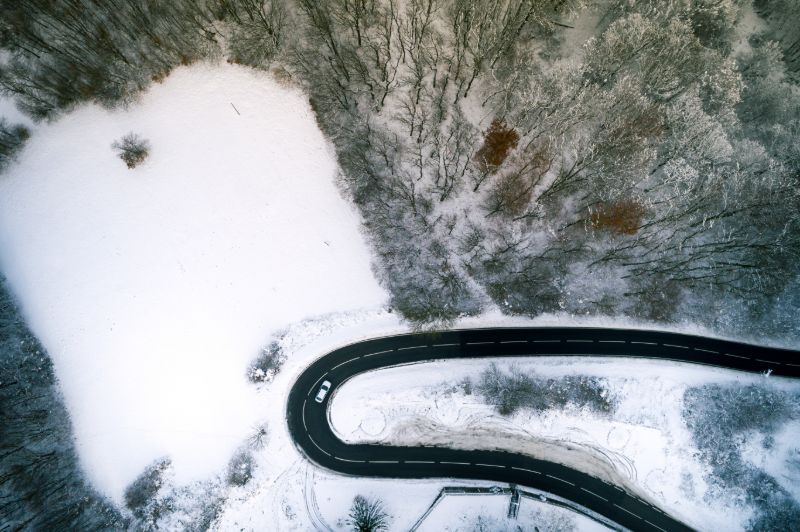
Better to be on the safe side – always use winter tyres when driving through Alpine regions.
Can I use all-season tyres in Austria?
If your all-season tyres have the correct M+S marking, this is permitted. However, for safety reasons, it is still advisable to use winter tyres when driving in winter conditions in the mountains in Austria.
When are snow chains required in Austria?
It is strongly recommend that you only drive in or through Austria during the winter months with appropriate winter tyres. Snow chains can be fitted to summer tyres if winter tyres are not an option. If there is snow or ice on the road, the snow chain requirement will apply and the chains will need to be fitted to at least two drive wheels.
Snow chains may only be used, however, if there is a continuous, dense layer of snow or ice on the road. If there are other winter-like conditions, you must not continue to drive without winter tyres and may not drive with snow chains. The car must stop.
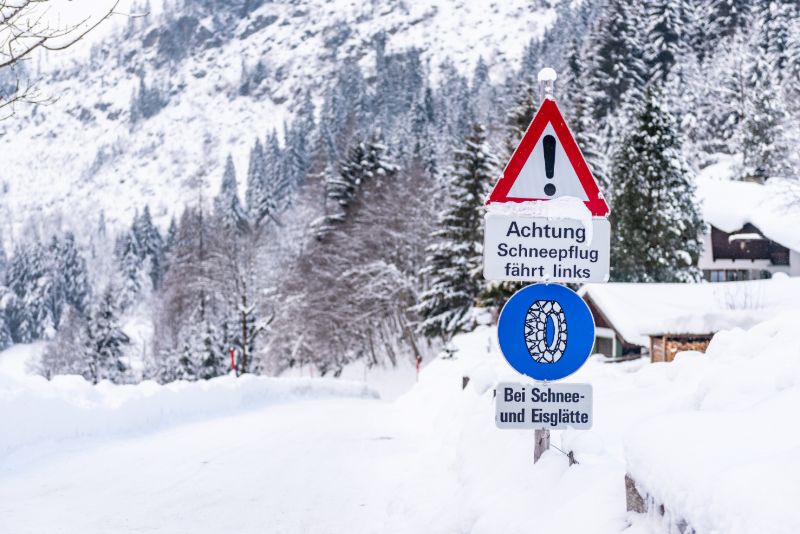
Traffic sign indicating that snow chains are required in the event of a layer of ice or snow.
An additional snow chain requirement covers all vehicles and applies wherever snow chain sign 268 prescribes it. The snow chain requirement also applies to vehicles with winter tyres, spikes or all-wheel drive. Exceptions will be indicated by additional signage.
Are snow chains mandatory for four-wheel-drive vehicles?
This varies depending on the situation and is indicated by signs. If ‘ausgenommen Allradfahrzeuge’ is specified under the blue sign indicating the use of snow chains, then you are not obliged to use snow chains with a 4×4 in this area. However, it is advisable to always have snow chains with you when driving through alpine regions in winter, even if you have a 4×4.
Note: Adjust your speed when driving with snow chains. You are not allowed to exceed 50 km/h with snow chains. Check the manufacturer’s instructions for your snow chains in advance. Also, consider a longer braking distance than usual.
Additional tips for the snow chain requirement in Austria:
- In Austria, only snow chains that satisfy ÖNORM V5117 or V5119 and EU-approved snow chains are permitted.
- Your driving speed must be adapted according to the specifications of the snow chain manufacturer. Never drive faster than 50 km/h. You should also bear in mind that longer braking distances will apply.
- A general requirement to carry snow chains applies in Austria to vehicles over 3.5 tonnes. Between 1 November and 15 April, snow chains must be carried for at least two drive wheels.
Is there a financial penalty for failing to comply?
There can be heavy financial penalties for failure to comply with the snow chain requirement, particularly in Austria. If failure to comply leads to an accident, financial penalties can be as high as €5000. If you are involved in an accident while using summer tyres during the period when winter tyres are required and in ‘winter-like conditions’, the burden of proof is reversed and it is your responsibility to prove that the accident would have occurred in the same way if you had been using winter tyres. In addition, insurance cover can be at risk if the tyres are not adapted to winter-like conditions. Winter tyres and snow chains are always recommended when driving in Alpine regions such as Austria.
Wintersports campsites in Austria
Winter tyre requirement, Switzerland
In contrast to Austria, Switzerland does not have a general winter tyre requirement, but there are indirect requirements. Rules of the road state that a vehicle must be under control at all times. If normal tyres offer insufficient grip during the winter months, winter tyres must be fitted.
Even if there isn’t a general winter tyre requirement, they are recommended for safety reasons, and it is the driver’s responsibility to decide. It is best to fit winter tyres before the first snowfall.
Profile depth for winter
The legally prescribed minimum profile depth for car tyres in Switzerland is 1.6 mm, and a minimum of 4 mm for winter tyres. There is no precise definition as to which tyres should be used in winter. The same applies here too – the vehicle must be under control in all weather conditions. If you drive on summer tyres in the winter, you will expose yourself to financial penalties or could be held liable in the event of an accident.
Read more about the requirements for winter tyres in Switzerland (website in German).
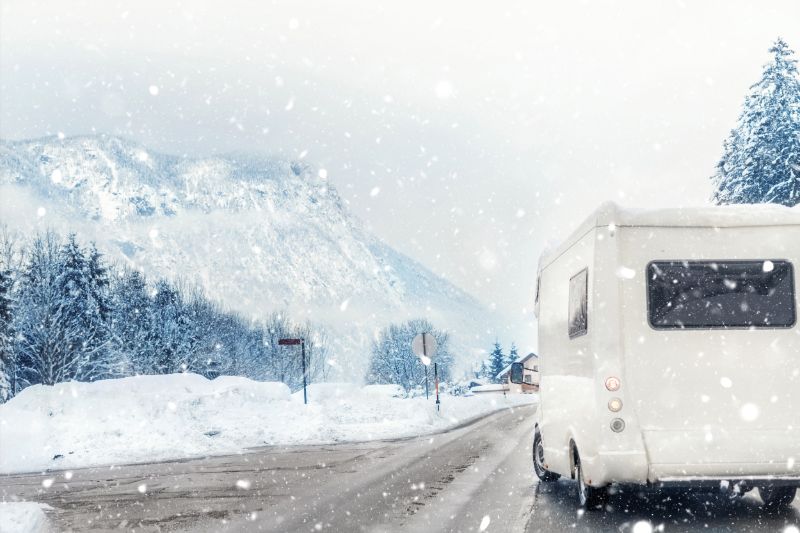
Better to use winter tyres if the conditions require them.
Where does the snow chain requirement in Switzerland apply?
Similarly, Switzerland does not have a general snow chain requirement, even for vehicles over 3.5 tonnes. A snow chain requirement only applies on designated stretches of road which are marked with the ‘Snow chains compulsory’ sign.
This requirement also relates to insurance. If you are involved in an accident in signed areas and you do not have winter tyres on your vehicle, you will usually be considered jointly liable, even if the accident was not your fault.
The designated snow chain requirement may also apply during the summer months, as snowfall can never be ruled out in Alpine regions. As such, it’s always a good idea to carry snow chains with you in Switzerland.
Wintersports campsites in Switzerland
Winter camping
Winter camping is becoming increasingly popular and taking your motorhome or caravan with you is a great option. Many campsites offer special facilities for winter sports enthusiasts. And with just a little preparation, you can enjoy your winter holiday without having to freeze! Read more about winter camping. We have a few tips and tricks for mountain driving so that you can get to your mountain destination smoothly and safely.





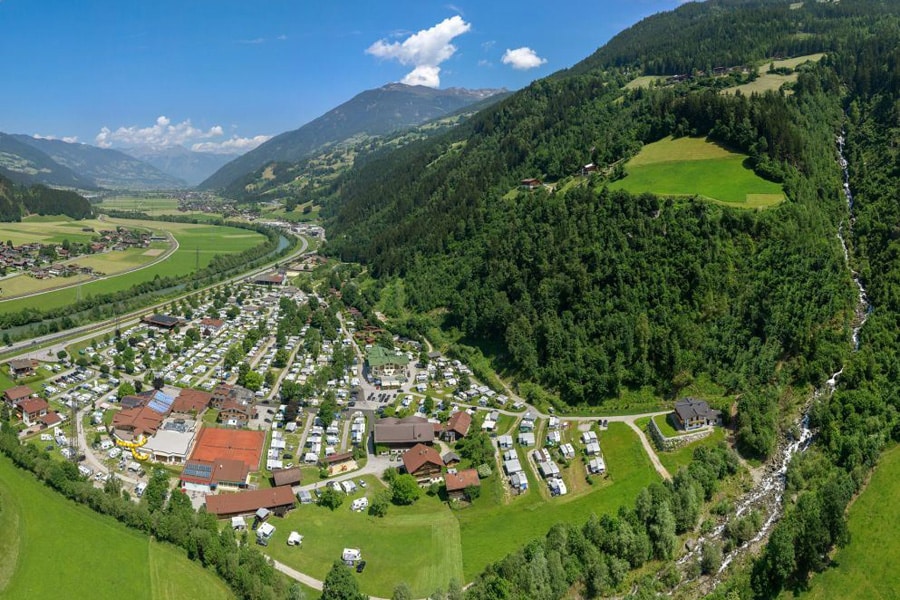
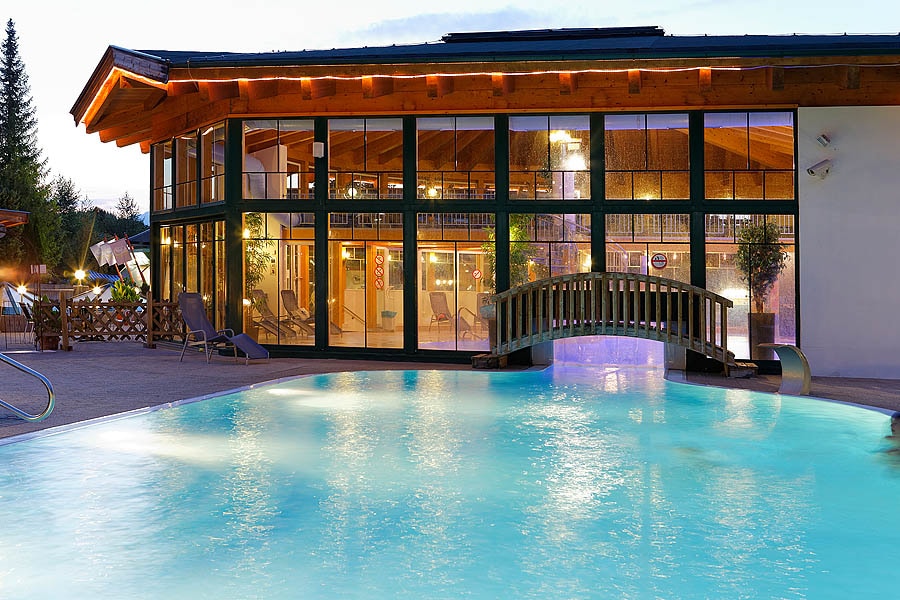
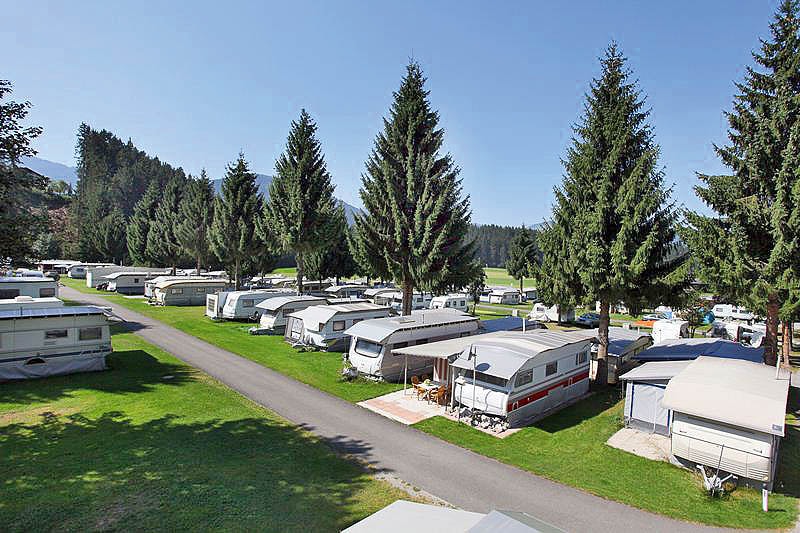

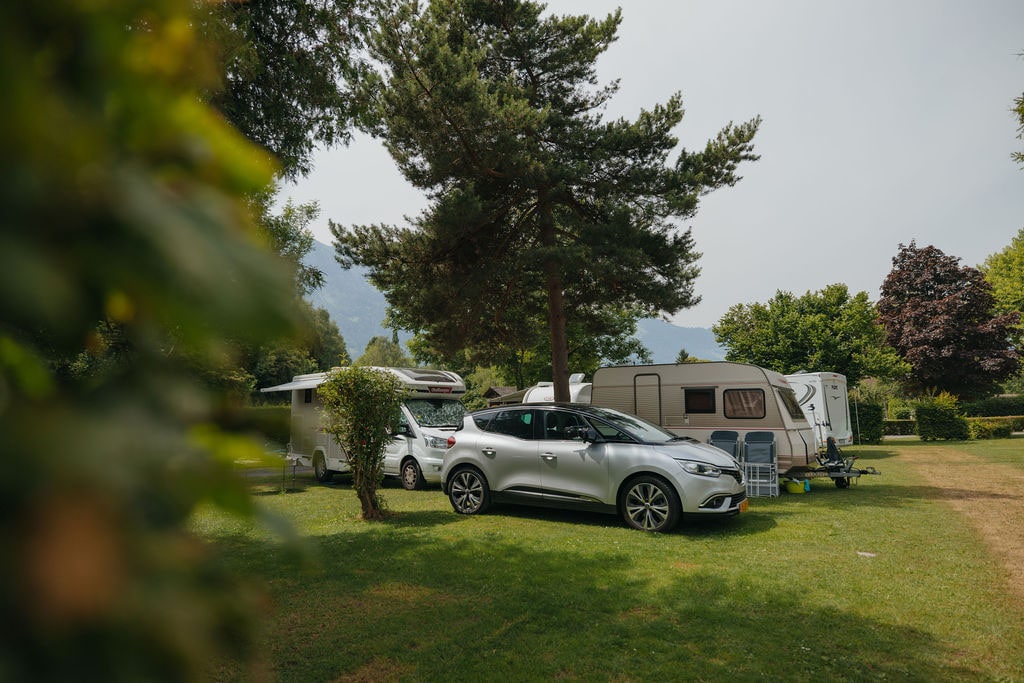
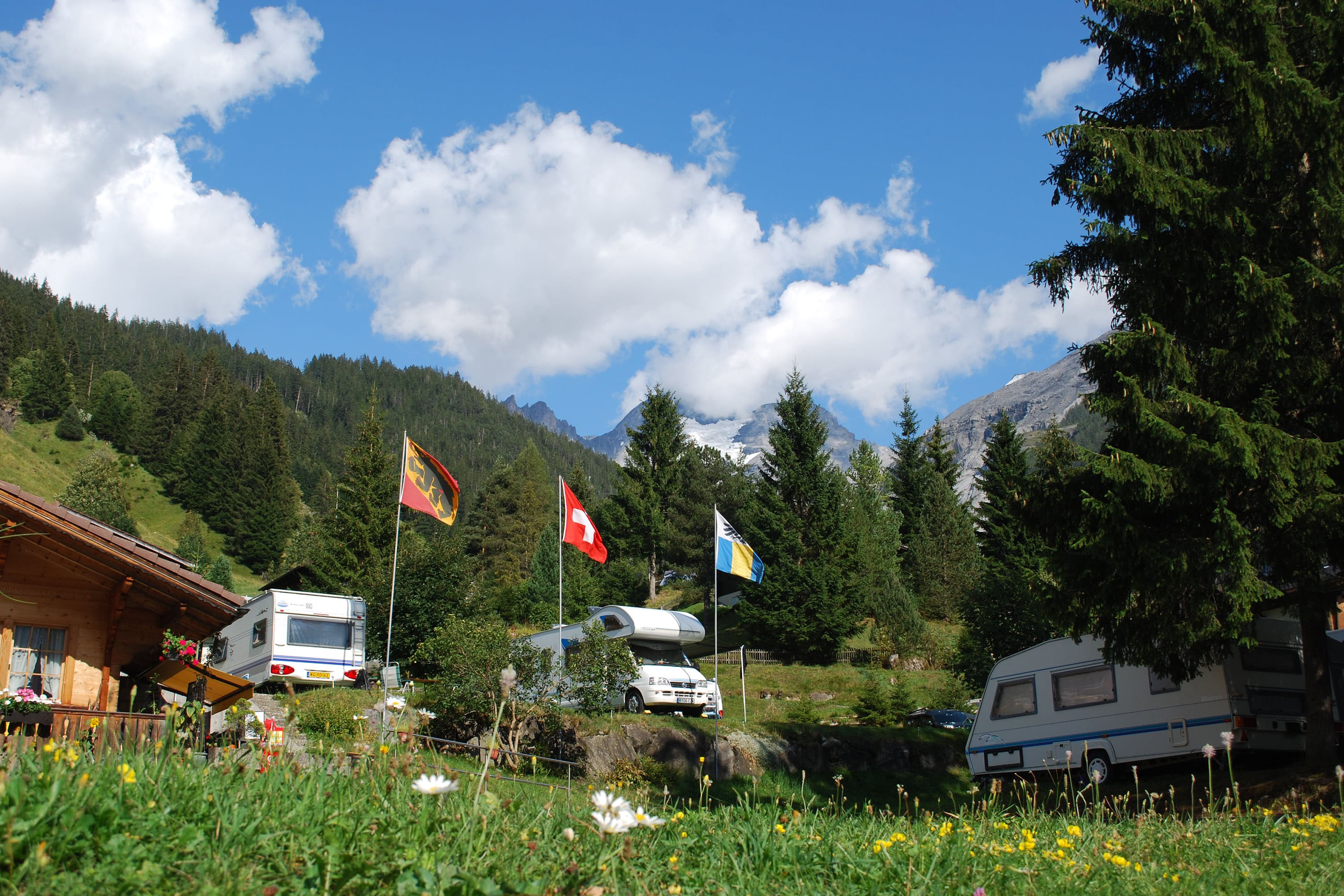
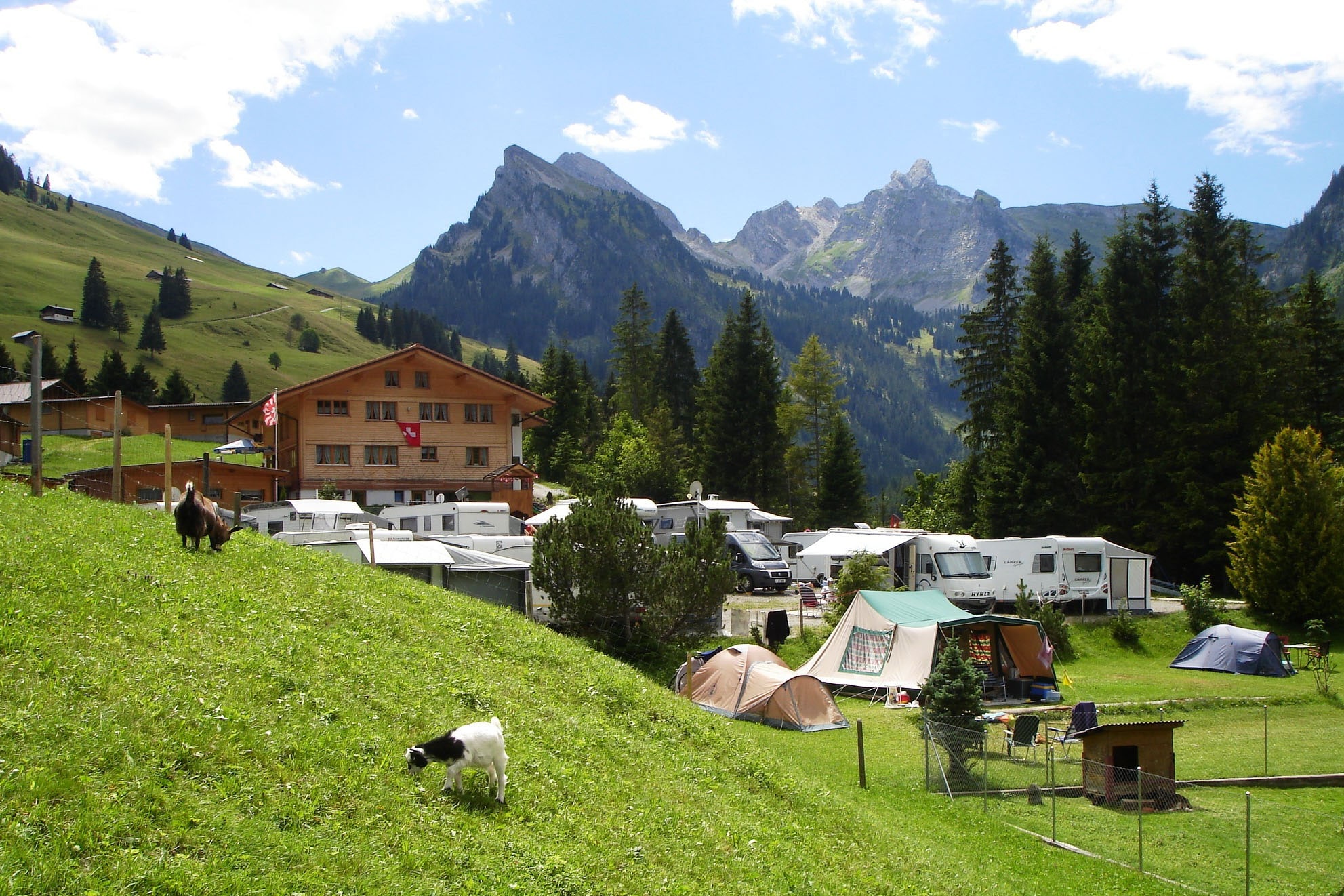
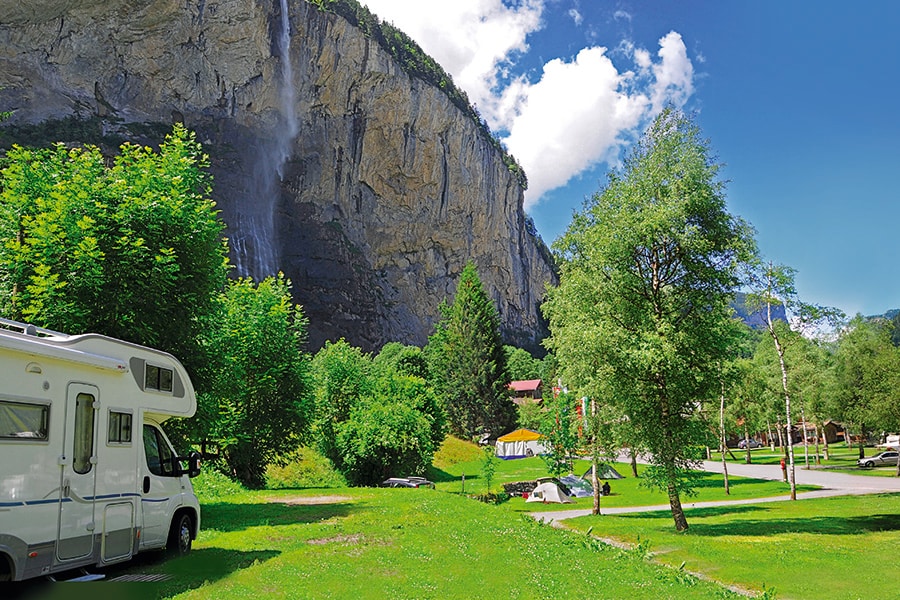
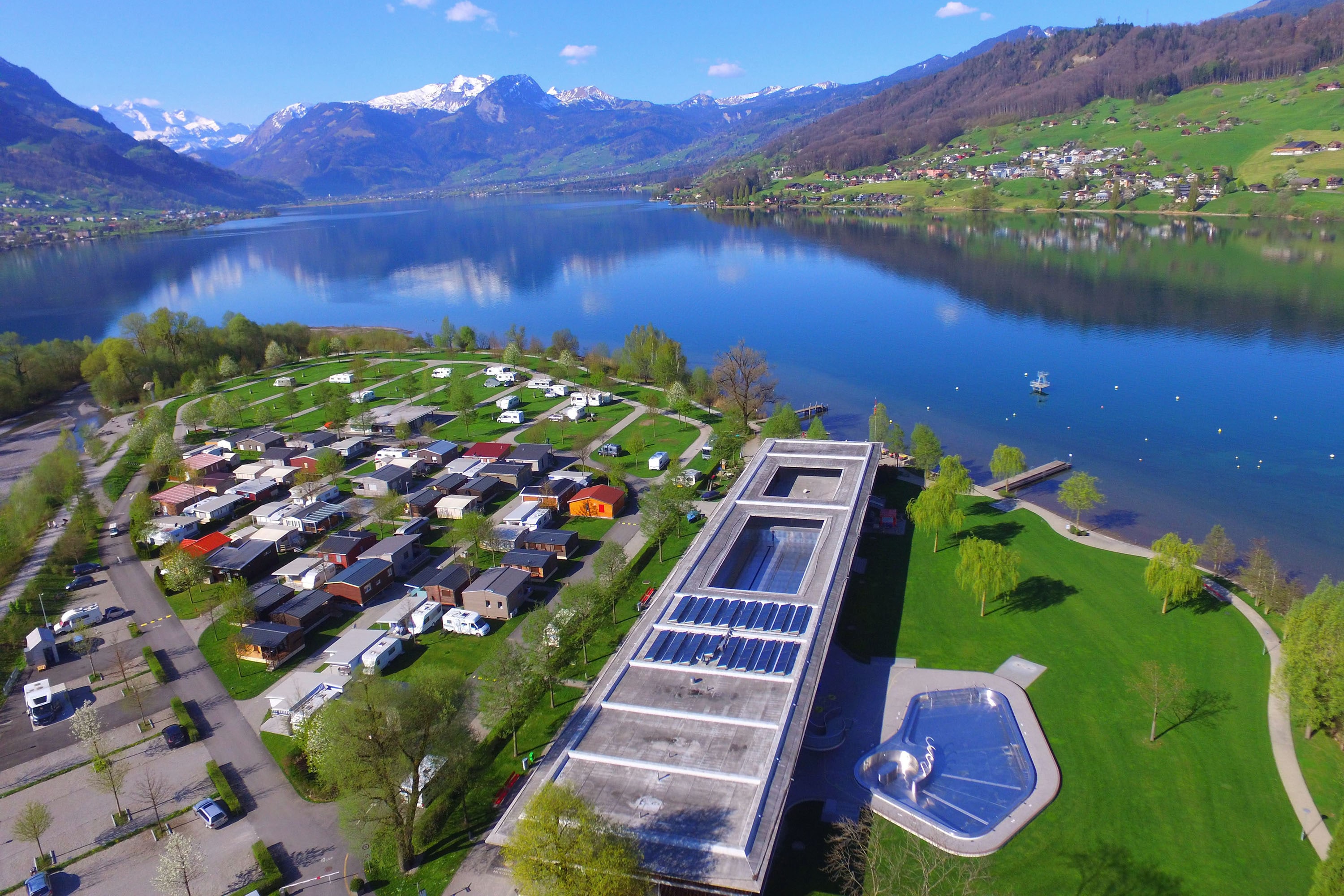
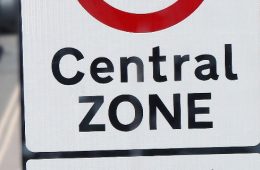
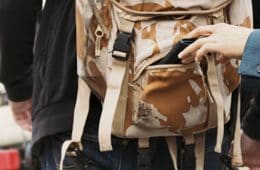
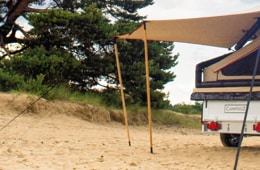





Latest comments